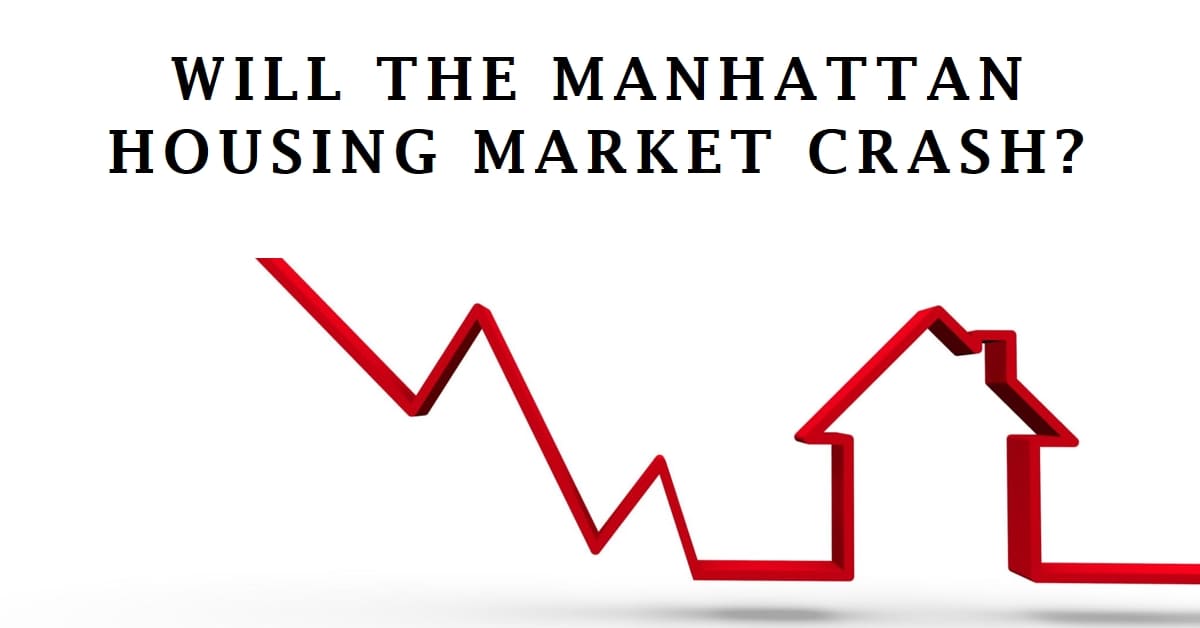So, you're curious about the current Manhattan housing market trends and what 2025 might hold? Here's the quick scoop: As of January 2025, Manhattan's housing market is showing resilience with a median home price of $1.2 million, up slightly from last year. While it's not a wild frenzy, the market is definitely active with homes selling faster than before. Now, let's dive deeper and see what's really happening in the Big Apple's real estate scene!
Current Manhattan Housing Market Trends:
Home Sales
Okay, let's talk numbers. According to Redfin, in January 2025, 800 homes were sold in Manhattan. That's a significant 26.4% jump compared to the same time last year. This tells me that even with all the economic ups and downs, people are still investing in Manhattan real estate. This increase in sales volume suggests that demand is holding steady, if not increasing.
Home Prices
Here's the headline: the median sale price of a home in Manhattan in January 2025 was $1,235,000. That’s a slight increase of 0.8% compared to January 2024. While it's not a huge leap, it's a positive sign, indicating that prices aren't plummeting. The median sale price per square foot is $1.37K, showing a 12.6% increase from the prior year. I think this is a noteworthy metric, because it suggests that people are willing to pay more for space.
Are Home Prices Dropping?
The short answer is no, not really. While the increase of 0.8% year-over-year is modest, it's still an increase. This suggests that even with economic uncertainty, Manhattan's real estate maintains its value. It is unlikely that in the coming years we may see the home prices drop unless there are a lot of economic issues in the country or the city.
Comparison with U.S. National Median Home Price
Let's put Manhattan's housing prices into perspective. The national median home price in January 2025 was $396,900, with a year-over-year change of +4.8%. Compare that to Manhattan's median of $1,235,000. That means Manhattan’s median sale price is approximately 208% higher than the national average. This huge difference highlights just how unique and valuable Manhattan real estate is. It also reflects the limited supply and high demand that defines this market.
Here's a table summarizing the price comparison:
| Location | Median Sale Price (Jan 2025) | Year-over-Year Change |
|---|---|---|
| Manhattan, NY | $1,235,000 | +0.8% |
| United States | $396,900 | +4.8% |
Is It a Buyer's or Seller's Housing Market?
Right now, I'd lean towards calling it a slightly seller's market, or at least moving in that direction. While it's not a crazy, bidding-war frenzy like we saw a few years ago, homes are selling faster – the median days on market decreased from 92 days to 69 days. This suggests that sellers have a slight advantage, as there's enough demand to move properties relatively quickly.
Market Trends
Beyond the raw numbers, here are some key trends I'm seeing in the Manhattan housing market:
- Homes are selling faster: The median days on market dropped significantly.
- Sale-to-list price is holding steady: The sale-to-list price is 99.1%, which means that homes are, on average, selling for very close to their asking price. This is a positive sign for the sellers.
- Fewer price drops: The percentage of homes with price drops has decreased, suggesting that sellers are pricing their properties more accurately from the start.
Impact of High Mortgage Rates
Let's talk about the elephant in the room: mortgage rates. As of early March 2025, the average 30-year fixed mortgage rate is around 6.5%, and most forecasts predict it to remain at or slightly above this level. Higher mortgage rates definitely impact affordability, potentially cooling down demand. However, Manhattan is a unique market. Here's why high rates might not have as big of an impact as in other areas:
- Higher income buyers: Many Manhattan buyers are less reliant on mortgages and have more cash available.
- Investment properties: A significant portion of Manhattan real estate is purchased as investment properties, making those buyers less sensitive to interest rate fluctuations.
- Limited inventory: The scarcity of available properties helps sustain prices even when rates are higher.
Migration Trends
It's also helpful to understand who's moving in and out of Manhattan. From December 2024 to February 2025, 30% of Manhattan homebuyers searched to move out, while 70% looked to stay within the metropolitan area.
- People are moving to Manhattan from:
- San Francisco, CA
- Seattle, WA
- Los Angeles, CA
- People are leaving Manhattan for:
- Miami, FL
- Philadelphia, PA
- Boston, MA
This suggests that while some are drawn to the allure of other cities (warmer weather, lower taxes perhaps?), most Manhattan residents are committed to staying in the area. The influx from tech hubs like San Francisco and Seattle is also interesting, perhaps reflecting job opportunities and cultural attractions.
Manhattan Real Estate Market Forecast for 2025
So, what's my prediction for the rest of 2025? Here's what I think:
- Price growth will likely be moderate: I don't expect a huge surge in prices, but I also don't foresee a significant decline. Expect gradual appreciation.
- Mortgage rates will continue to be a factor: High rates will keep some buyers on the sidelines, but the impact will be less pronounced than in other markets.
- Inventory will remain tight: New construction is always happening in Manhattan, but it's unlikely to significantly increase the overall supply.
- Manhattan will remain a desirable place to live: Despite the high cost of living, Manhattan's unique appeal will continue to attract buyers from around the world.
Overall, I anticipate a stable, moderately growing market for Manhattan real estate in 2025. It's a good time to buy if you're financially ready and find the right property. For sellers, it's important to price your home strategically to attract buyers in this environment.




